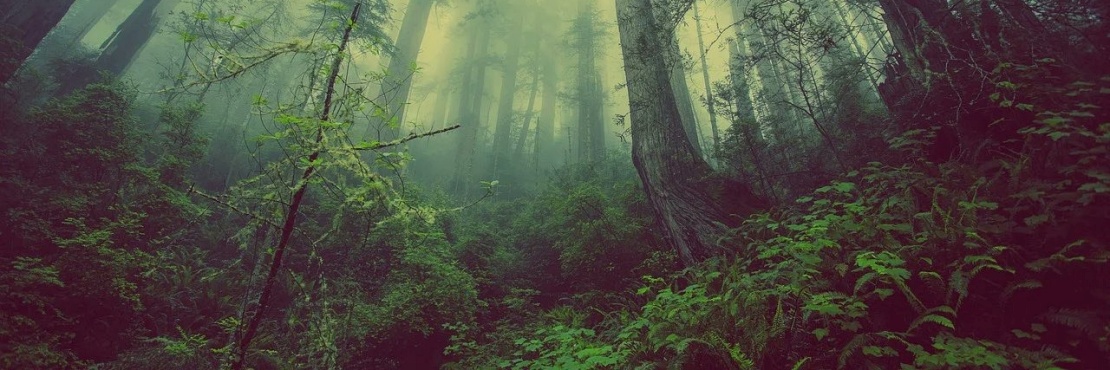Francois Mosnier of Planet Tracker writes:
The more we exhaust nature, the more we are tempted by virtual worlds. On World Biodiversity Day, we imagine how time and money spent on the creation of the much-hyped metaverse – persistent virtual worlds that combine aspects of the digital and physical worlds – could be used to build the ‘natureverse’, a perfect mirroring of the physical world (nature) by persistent digital worlds (financial markets). In this imaginary natureverse, financial markets fuel a nature-inclusive economy with no unpriced externalities, unlocking trillion-dollar opportunities and immense social benefits. Here is how to make it happen. Live in the future!
Virtual realities are gaining share against natural ones
The more nature retreats, the more we become accustomed to this, and our expectations of a wild environment diminish. This condition, the shifting baseline syndrome, means that what we call pristine nature today would be deemed by our ancestors as terribly degraded, and what we consider degraded might well be seen as the norm by our children. It is a dangerous condition: as our expectations erode to match the limitations of the present, we are blinded to the plight of nature and therefore are not equipped to address environmental issues.
For the natureverse to materialise, monetizing NBS is needed. So is a recalibration of domestic budgets and tax policies, a transition towards sustainable supply chains, and a greater use of natural infrastructure (e.g. wetlands, mangroves, green roofs, etc.)
There is another shifting baseline syndrome affecting us: the more time we spend online, the more this becomes the norm.
Could it be that as we are exhausting nature, we are being pushed into virtual realities, or even ‘desire’ these seemingly more exciting and pristine worlds?
Mindful that correlation is not causation, this is what the figure below seems to highlight: as global biodiversity intactness (i.e., the estimated percentage of the original number of species that remain and their abundance globally, despite human impacts) declines, the number of hours the world population spends online rises.
In biodiversity finance, which one day might be called the ancestor of the natureverse, the answer to the metaverse’s NFTs are NBS (nature-based solutions, i.e. a category of assets in which businesses, governments and citizens can invest in order to work with nature instead of seeing it as a barrier to economic development and progress.)
Their monetising contributes to bringing us closer to the natureverse. Monetising NBS can be via nature-related financing instruments, such as deforestation-linked bonds, or blue recovery bonds, or via offsets. Simpler, more established instruments, such as commodity prices or insurance premia and catastrophe bonds (that price in nature’s vagaries) already contribute to ‘price in nature’, but not the impacts companies have on it. For the natureverse to materialise, this is needed. So is a recalibration of domestic budgets and tax policies, a transition towards sustainable supply chains, and a greater use of natural infrastructure (e.g. wetlands, mangroves, green roofs, etc.).
In brief, there is a lot to do – but it is worth it.
Read more: Forget the Metaverse, the Future is in the ‘Natureverse’
 Greenroofs.comConnecting the Planet + Living Architecture
Greenroofs.comConnecting the Planet + Living Architecture





